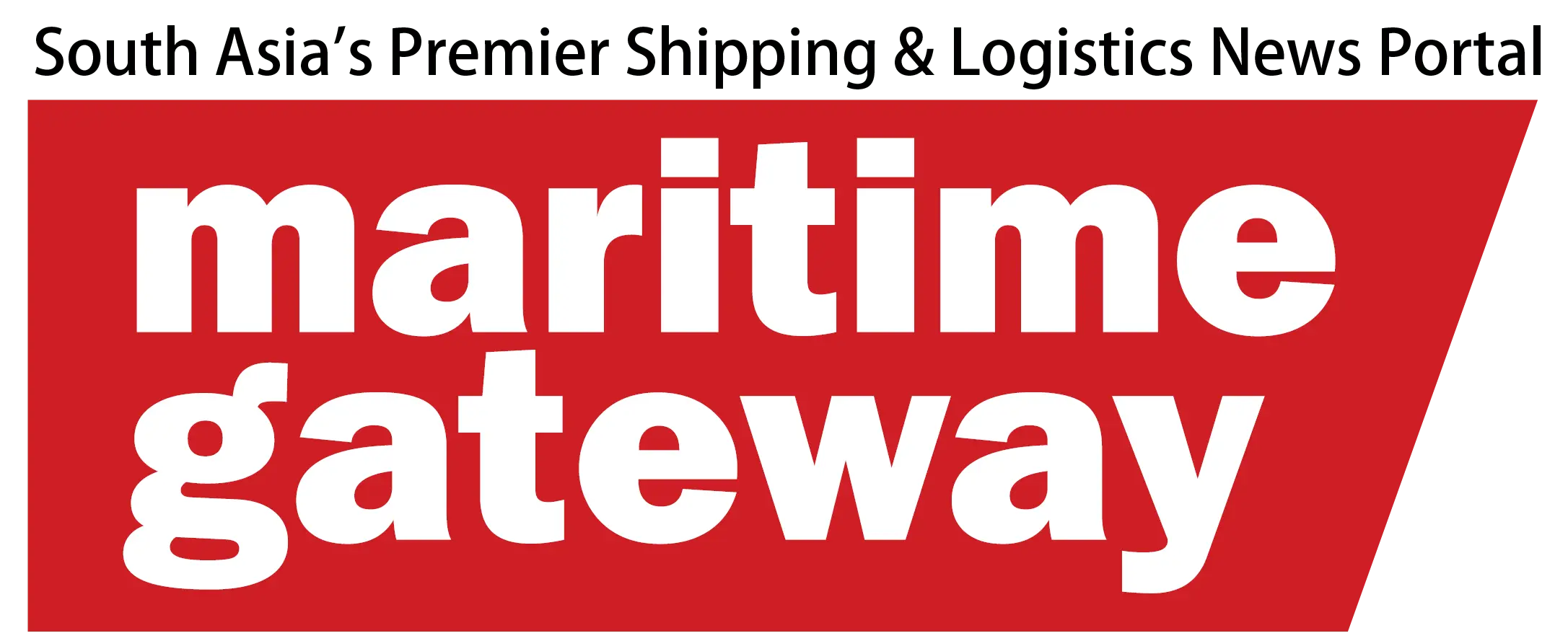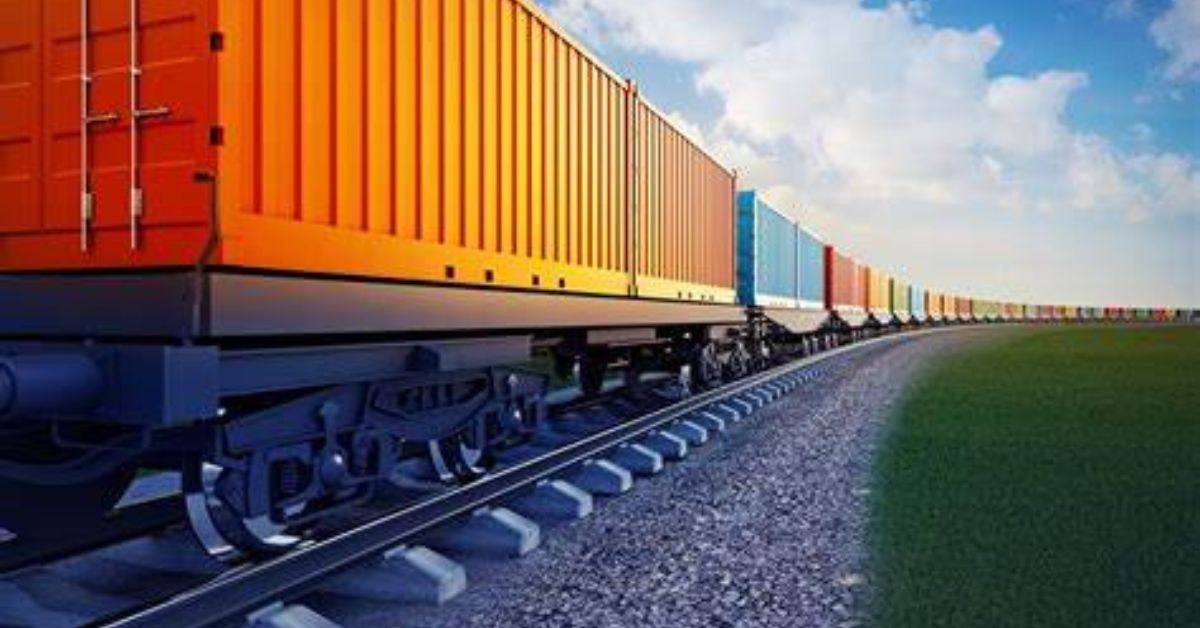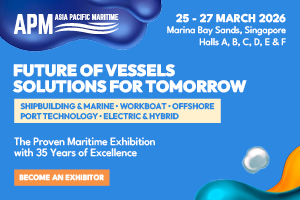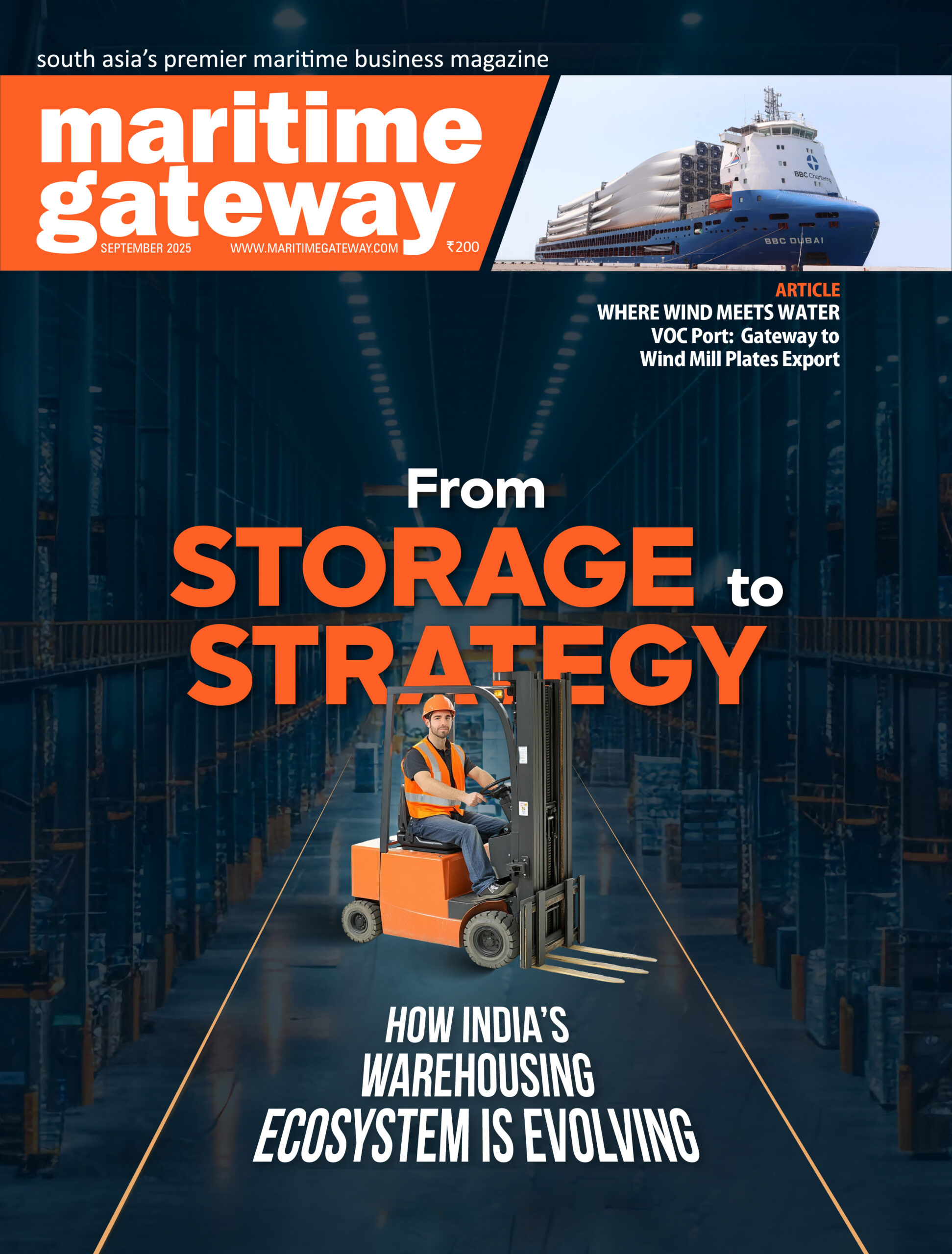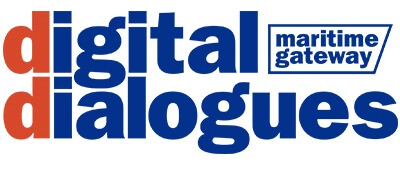A plan to increase rail container freight flows to the hinterland will be developed by NITI Aayog. To increase the percentage of container movement via railroads, a government think tank has called for expressions of interest (EoI) for research that will identify regulatory constraints and provide appropriate solutions.
It is anticipated that the national freight ecosystem will have 6,366 MT of total commodity volumes in 2026, of which 411 MT will be container traffic. Thirty percent of non-bulk freight is transported by rail or rail-intermodal, whereas sixty-six percent is transported by road.
In accordance with the terms of reference, the study will evaluate container pricing models worldwide and analyze the freight price technique used by Indian railways in order to determine the factors influencing modal share. Additionally, it will examine private container operations and pinpoint the main problems and challenges that operators encounter, like long wagon turnaround times and last-mile connection, among other things.
The study will identify policy bottlenecks in railways hinterland container freight movement, provide policy level suggestions for cargo consolidation (specially parcel) and LCL cargo (Less than container load) and suggest ways to attract customers to railways for non-bulk movements.
It will suggest suitable parameters or methodology for rationalizing the freight charges to improve the outcome and competitiveness of the domestic industries. Further, it will bring to light the issues faced by inland container depot (ICD), container freight station (CFS) and status of terminal handling facilities, assess demand and supply of containers and suggest ways to mitigate lack of containers supply.
